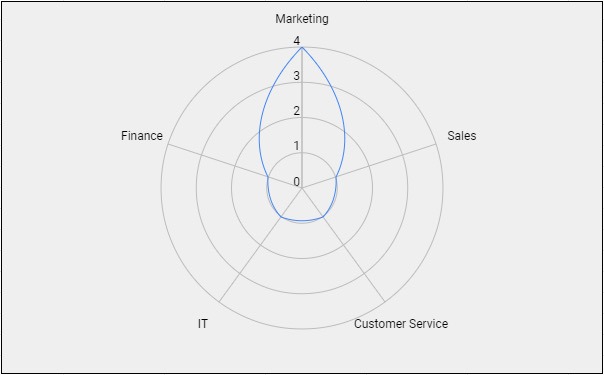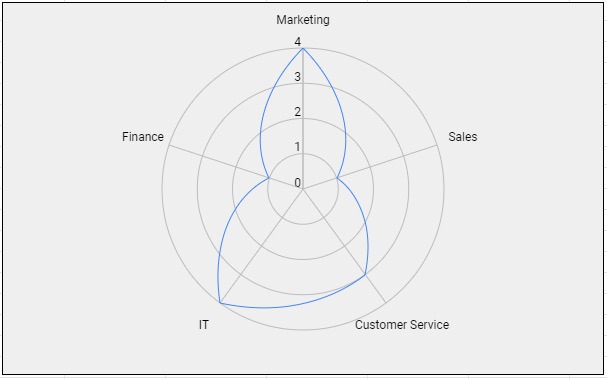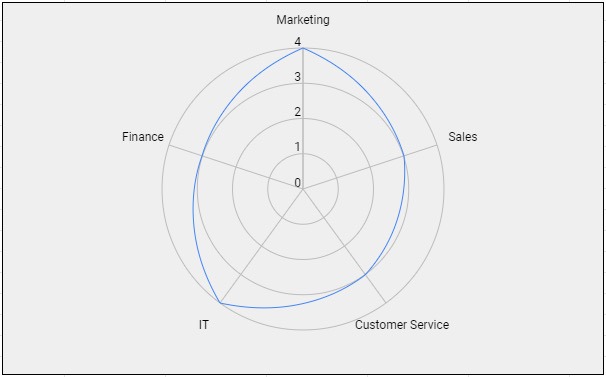Is every global manufacturer thinking about CX for manufacturers? Are they ready to roll out the ultimate, enterprise-wide B2B CX solution?
Not just e-commerce, not just a CRM, but an all-inclusive solution that touches every high-level department across the enterprise—marketing, sales, customer service, IT, and finance?
Let’s be honest, not every manufacturer today is ready for that. But it’s no excuse for a lackluster customer experience. Manufacturers must recognize where they’re at in the B2B CX journey (and what it means for their customer interactions).
Let’s talk CX for manufacturers and the B2B customer experience journey in three phases:
Phase I: The e-commerce starter kit
Phase II: The global, integrated, single-line-of-business solution
Phase III: The enterprise-wide solution
Since the requirements and goals of each phase vary, it’s essential that a manufacturer choose the right partner in each phase. For example, you don’t want a marketing-driven platform or service provider to lead you through a Phase II project, which has a larger requirement to integrate with back-office systems.
We’ve seen companies adopt solutions at all three stages. Here’s what each phase looks like—and how to know if it’s time to move to the next phase.
CX for manufacturers: The 3 phases
Phase I: The e-commerce starter kit
We often see this when a manufacturer launches a standalone proof-of-concept for e-commerce. This could be any kind of attractive, low-cost e-commerce solution from a marketing-oriented partner. The goal is usually to demonstrate to leadership that customers will buy from the company online, helping to solicit further investments in the digital journey.
Since this solution is usually driven by marketing, it meets their needs, but leaves out other key stakeholders:

This kind of solution is easy to stand up, particularly because it’s not integrated to the ERP. Because this solution looks great on the screen, but doesn’t deliver automated backend workflows, you could call it an “e-Facade.”
The e-Facade might hold up for $1 million/year in revenue. Maybe $3 million.
But it won’t hold up for all use cases and business processes that a manufacturer encounters.
Without full ERP integration capabilities, the e-Facade may accept orders for the wrong products, at the wrong price, in a disallowed quantity.
What happens to these order errors when you’re scaling up to $10M in e-commerce revenue? What happens at $100M?
Now CSRs (Customer Service Reps) aren’t just rekeying orders. As they call customers to correct orders, your cost of order fulfillment will scale up alongside e-commerce revenue.
This scenario negatively impacts customer satisfaction. Customers expect that the orders they place on the web will be fulfilled as placed. Friction in the ordering process leads to companies not wanting to drive more traffic to the e-Facade.
This is when the e-Facade crumbles.
Now IT must help. They’ll have to listen to the voice of the frustrated CSR to understand how to replace the e-Facade with an ERP-integrated solution.
When you reach this point, it’s time to transition to Phase II.
Phase II: The global, integrated, single-line-of-business solution
At this point in the journey of CX for manufacturers, it might be tempting to pursue an enterprise-wide digital transformation (what we call a Phase III solution). However, this path won’t be right for every global manufacturer. As McKinsey & Company reports, “70 percent of complex, large-scale change programs don’t reach their stated goals.”
A smart Phase II transformation won’t bite off more than it can chew. It’ll take the specific customer experience issues you’ve encountered in Phase I and address them.
In other words, you’ve entered Phase II when you’ve made a commitment to hands-free, error-free e-commerce.
To make good on that commitment, you’ll need a partner who understands the scope of the problem in Phase II. That partner should offer a solution that gives B2B users everything they need to place hands-free, error-free orders:
- Real-time e-commerce integration with ERP business rules
- Accurate, customer-specific pricing
- Accurate, real-time inventory/ATP
- Accurate, real-time order & shipment status
- Accurate, real-time credit status and open invoices
- Self-service online payments in the customer portal
Suddenly, e-commerce can’t be a one-department system. Marketing can’t own it anymore, and realistically, neither can service. You need real-time data integration with the ERP system, which means IT has to sponsor the project.
When they do, taking into account the needs of marketing and customer service, the solution will cover the needs and concerns of those 3 departments:

The Phase II solution provides e-commerce to one line of business within the global conglomerate. It satisfies the needs of the 3 stakeholders involved—without requiring wholesale reengineering of the entire enterprise:
- Marketing gets the power to control brand, digital assets, and UX
- Customer service doesn’t have to deal with routine order errors—they can focus on value-add activities
- The IT department gets the data integrity they need via ERP integration
The fact that this digital transformation only touches three departments is a huge asset. As Forbes reports, multinational conglomerates aren’t always ready for enterprise-wide transformation.
Companies in this situation do best when they launch a Phase II solution, rather than jumping straight into Phase III. Phase II allows companies to transform with technologies that are aligned to the needs of specific divisions.
Plus, with the right scalable e-commerce architecture, your Phase II solution can provide powerful economies of scale that allow every brand or geography within that line of business to stand up e-commerce stores without reinventing the wheel.
This is a great route to maturity for manufacturers. If your entire organization isn’t ready for Phase III, Phase II gives the organization experience with e-commerce and digital CX. By forcing each division or region to define their target markets and manage their digital assets, it creates iterative learning scenarios without disrupting the whole corporation.
When you’re ready, with buy-in from all stakeholders across the global corporation, you can move to Phase III.
Phase III: The enterprise-wide solution
In Phase III, an organization adopts an enterprise-wide solution for commerce and CX, in which every department in the organization is working together.
Here, the organization needs to find a partner that understands the enterprise-wide scope. A partner like this will offer a solution that meets the needs of all high-level departments:

Phase III creates a far more balanced solution, as opposed to the distorted solutions in Phase I and II, which lead to fiefdoms and sub-optimized systems within organizations.
So what does the enterprise-wide solution look like? How do you know when you’ve found it?
This intelligent enterprise solution allows each department to play to their strengths:
It empowers marketing to generate more traffic and leads.
It empowers sales to launch new products, upsell, and increase AOV (average order value).
It empowers customer service to focus on value-add customer interactions while the solution provides hands-free, error-free orders.
It empowers corporate IT to control the infrastructure as a whole, while also allowing the individual business units to retain control of the things which they need to own.
It empowers finance to reduce days sales outstanding, embrace any payment type around the world, dictate how credit limits are managed, and ensure that the entire organization is PCI-compliant.
The takeaway: Pursue incremental improvement
Every organization will move from 0 to 60, from Phase I to III, at a different pace. The key is to recognize where you are in the journey of CX for manufacturers.
Ask yourself these questions:
- What’s working today? What isn’t working?
- If we were to transition to the next phase, what would that look like? Who would we need to partner with across the organization?
- When it comes to CX, what do our customers most desperately need right now? How can we deliver the highest value items quickly, while saving the “nice-to-haves” for future phases?
Wherever you’re at in the in the journey, use these questions and the three phases to figure out your next step.

